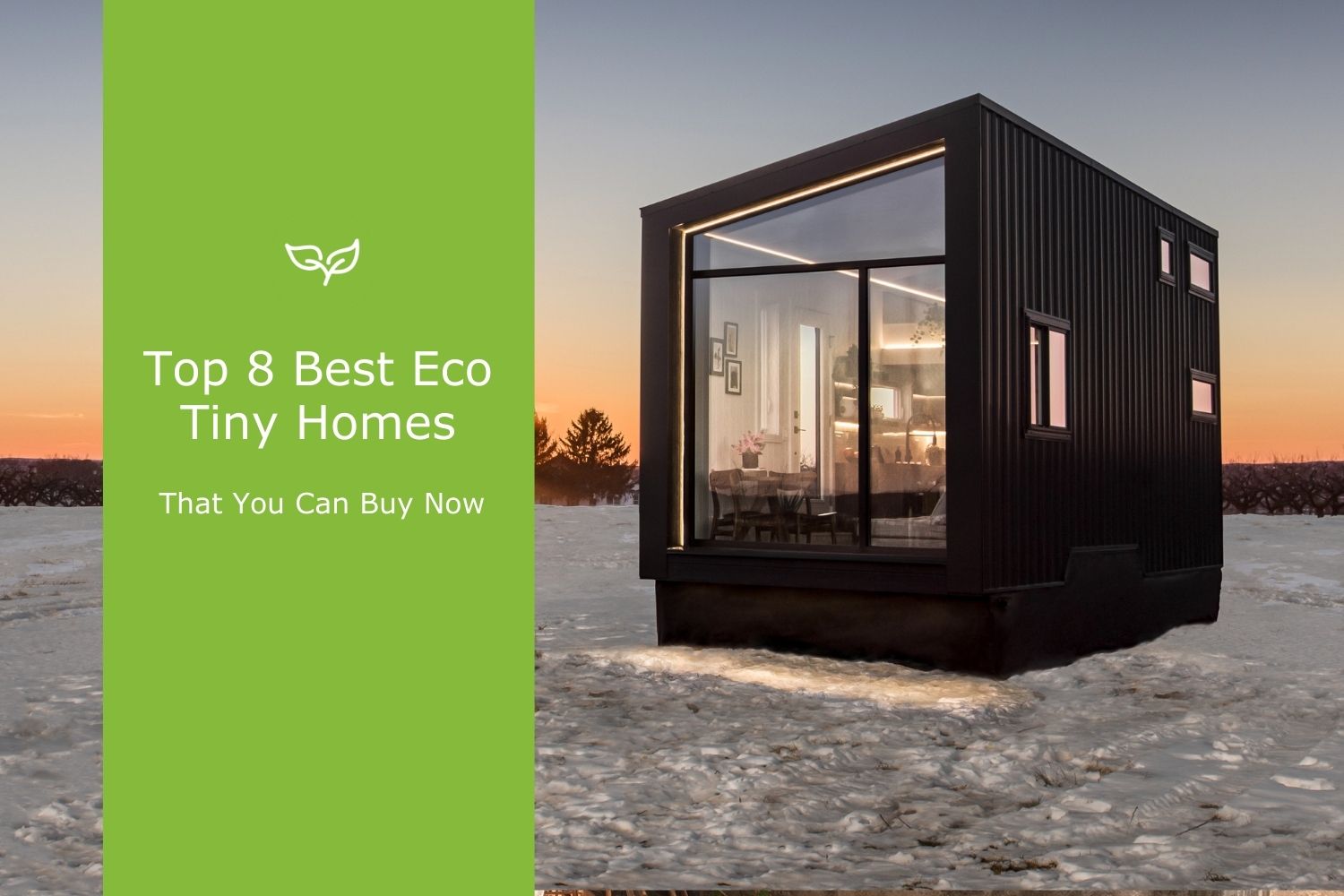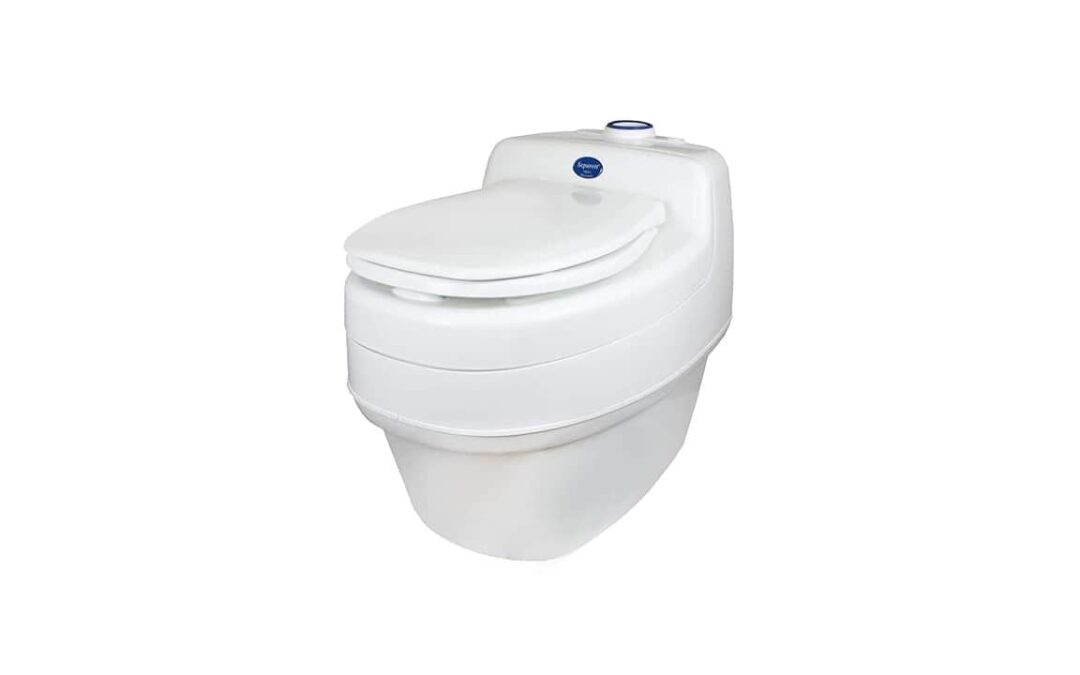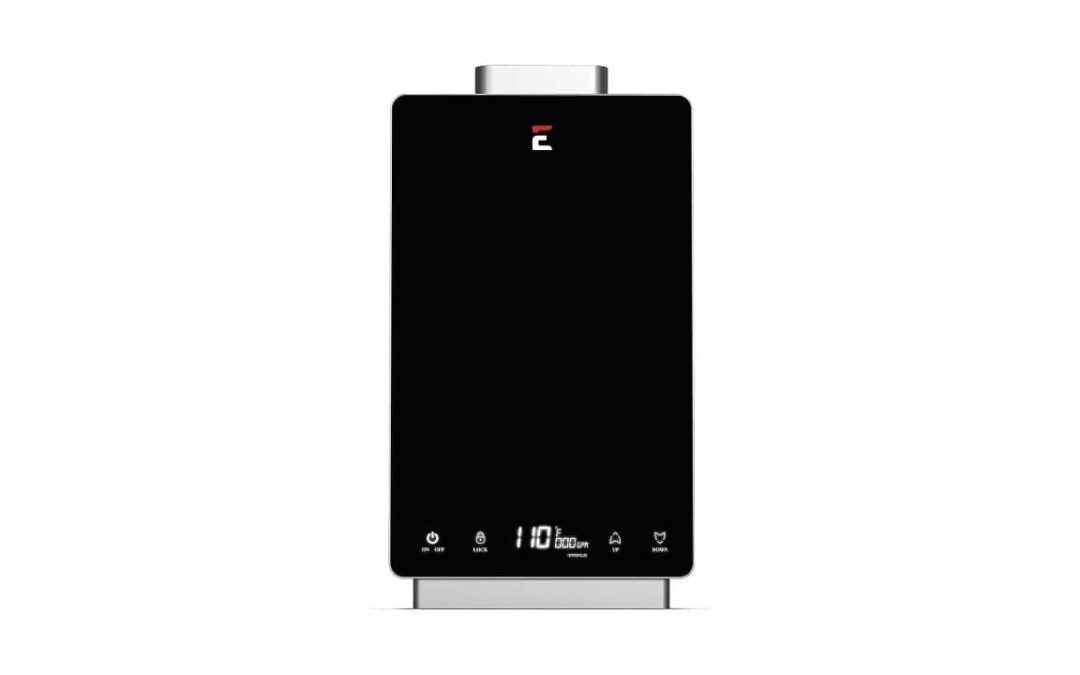Tiny houses offer one of the best ways to simplify your life, reduce expenses, and minimize your carbon footprint.
Tiny houses are vastly more energy efficient and less resource intensive than traditional homes, allowing for a comfortable standard of living in a much more eco-friendly and sustainable way.
Today we’re covering why eco tiny homes work and providing examples of some of the best eco tiny homes available for sale now.
Are Tiny Homes Eco-Friendly?
One of the reasons many people cite for making a move to a tiny home is the desire to reduce their carbon footprint and live a more minimalist and less resource-intensive lifestyle. Thankfully, numerous studies have shown that tiny homes reduce emissions pretty much across the board. Carbon emissions in a tiny home are nearly 70% lower than in a traditional home.
This reduction in resource consumption and carbon emissions is primarily due to the scale of tiny homes. The average tiny home is between 200 and 400 square feet.
They use significantly less building materials upfront and require much lower power consumption levels to operate comfortably. No matter how luxuriously appointed a tiny home is, it’s still considerably less material overall.
Even so, you can take steps to make your tiny home even more eco-friendly.
Features of the Most Eco Tiny Homes
Tiny homes are more eco-friendly than virtually all traditional homes, but some features can make them even better. There are specific building practices and design features that you should look for.
Renewable Energy Systems
More than 20% of U.S. greenhouse gas emissions come directly from powering homes. That includes everything from heating and cooling to powering lights and electronics.
Any homeowner can reduce their greenhouse gas emissions by installing a renewable energy system such as solar panels, but doing so is much easier and more affordable in a tiny home. Tiny homes draw significantly less power than traditional homes.
Many are designed to be entirely off the grid and operate on their own green energy systems. When coupled with the significantly fewer resources used to build a tiny home, that equals a vastly reduced level of greenhouse gas emissions.
Passive Heating/Cooling
Passive heating and cooling uses design features such as window placement, material choice, and room orientation to take advantage of natural heat and cooling sources.
Tiny homes incorporating passive heating designs have windows positioned to allow maximum sunlight during the colder winter months when the sun is lower in the sky but block the sunlight during the hot summer months. When combined with adequate ventilation and solid insulation, you can significantly reduce the energy needed to maintain a comfortable temperature.
Highly-Efficient Insulation
Effective, highly-efficient insulation is critical to designing an eco tiny home. Well-positioned insulation with a high R-value can greatly slow heat transfer and maintain a comfortable internal environment with less expended energy.
We previously did an in-depth exploration of the best tiny house insulation options. Check it out to find the best options for your climate and needs.
Recycled/Reclaimed Materials
One way to make a serious dent in your total resource consumption is to use recycled and reclaimed materials wherever possible. One really cool interpretation of this is to use an old school bus, camper shell, or RV as the base structure for your tiny home.
Other ways to do so include scouting your local antique stores for fixtures and furniture. Some cities even have whole stores dedicated to reclaimed materials.
1. New Frontier Design Luna
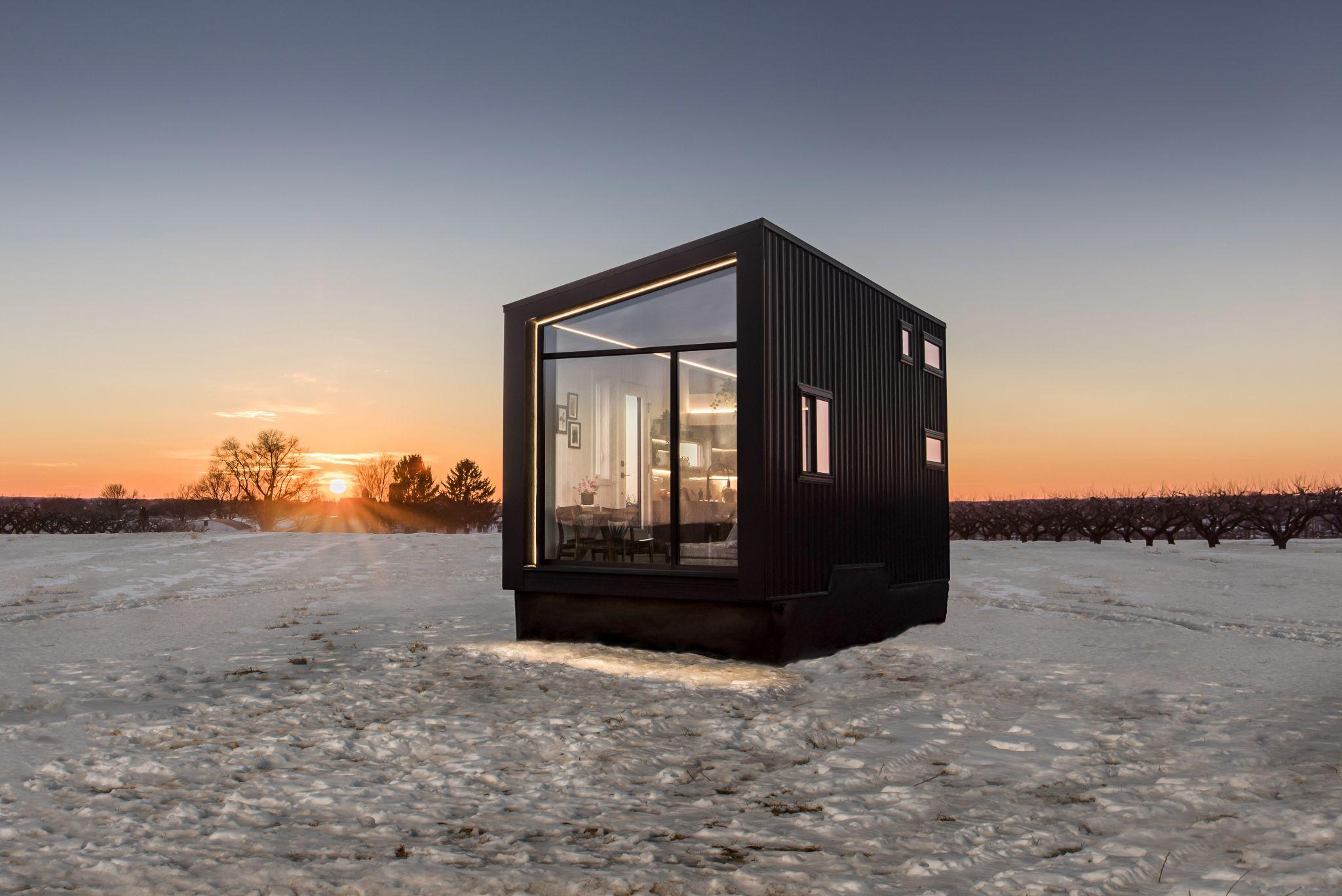
The Luna is a shining example of eco tiny home design. Built entirely from high-end, purposefully durable materials, the Luna offers incredible comfort without sacrificing efficiency and longevity.
Its minuscule footprint reduces overall carbon emissions from the build while also ensuring a longer lifespan for a greater reduction in the total cost of living. Overall, Luna is a gorgeous design that epitomizes an eco tiny home without compromise.
2. Ash by Made Relative Tiny Homes
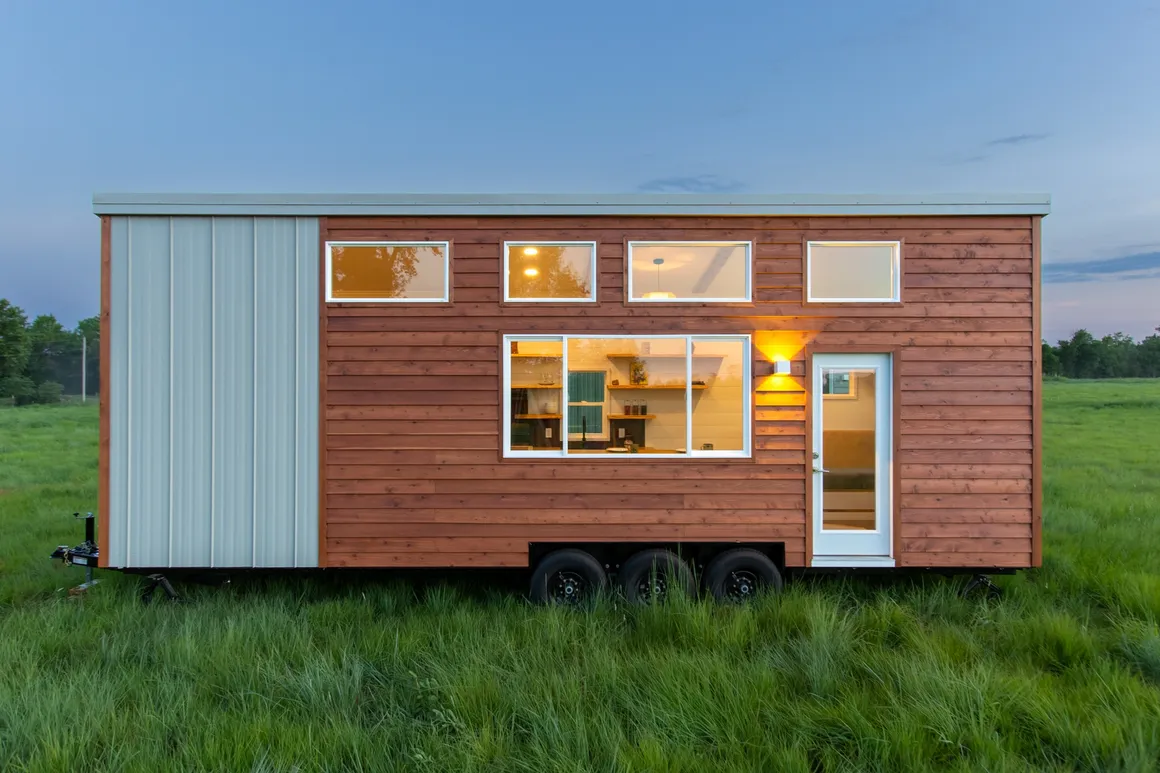
The Ash is a modern-styled tiny home designed to be as eco-conscious as it is gorgeous. The builder, Made Relative Tiny Homes, focused on combining high-end fittings and features with a core design that maximizes energy efficiency and minimizes resource consumption.
Ash is built with 6” insulfoam R-23 floor insulation, R-15 roxul wall insulation, and R-23 roxul ceiling insulation. That level of insulation protects against heat transfer and reduces energy requirements to heat and cool the tiny home.
When you add in the integrated high-efficiency LED lighting systems and 11 strategically placed windows you end up with a highly eco-friendly tiny home.
3. Holy Ground Tiny Homes Truly Tiny Home
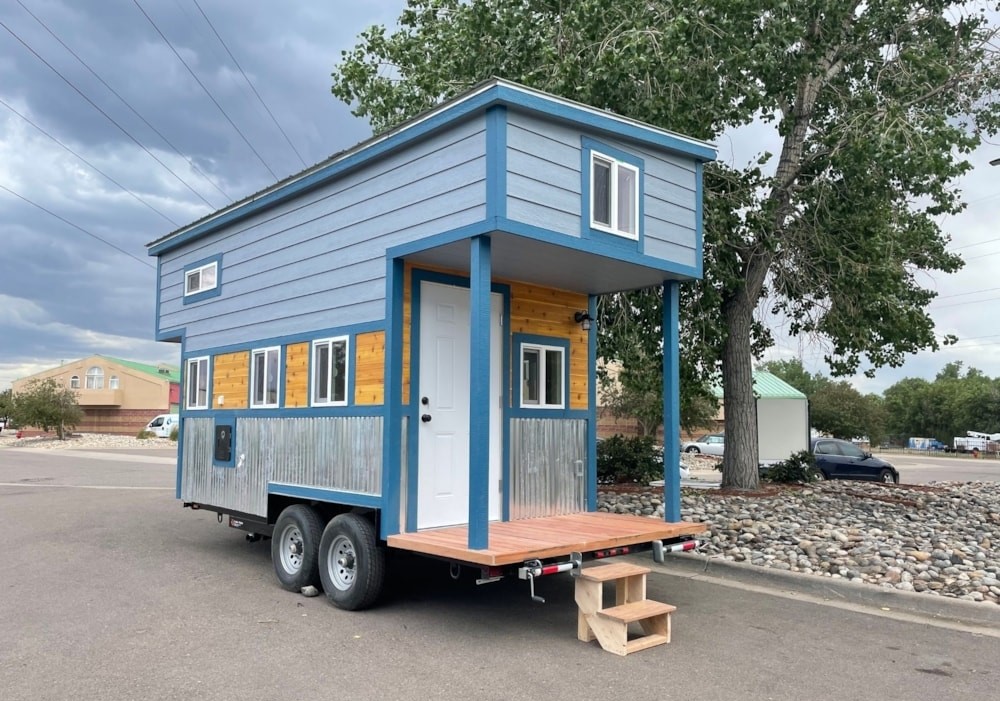
If you’re looking to minimize your footprint to the max this truly tiny home from Holy Ground Tiny Homes is a solid choice. Coming in at just 112 square feet, it’s highly portable and uses vastly fewer resources to build than even most other tiny homes.
It comes with an off-grid capable composting toilet and is insulated for Colorado winters. Its truly tiny size and efficient design make it incredibly easy to reduce your consumption in all areas of life.
4. Vermont Cottage A by Jamaica Cottage Shop
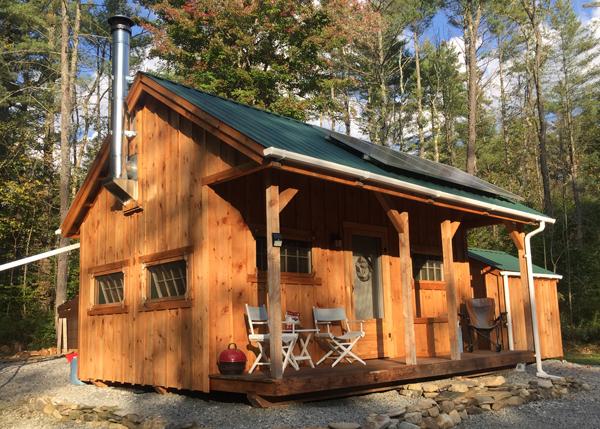
Not every eco-friendly tiny home has to be on wheels. The Vermont Cottage A from Jamaica Cottage Shop is a blank canvas upon which you can paint your ideal living situation.
It ships directly to you in a ready-to-assemble kit and gives you a foundation to build upon. You can select the highest R-value insulation, choose the most efficient HVAC systems, and integrate entirely off-grid renewable energy systems.
Sometimes, having a blank slate is the best way to minimize your carbon emissions and reduce your total resource consumption.
5. Tumbleweed Houses Roanoke
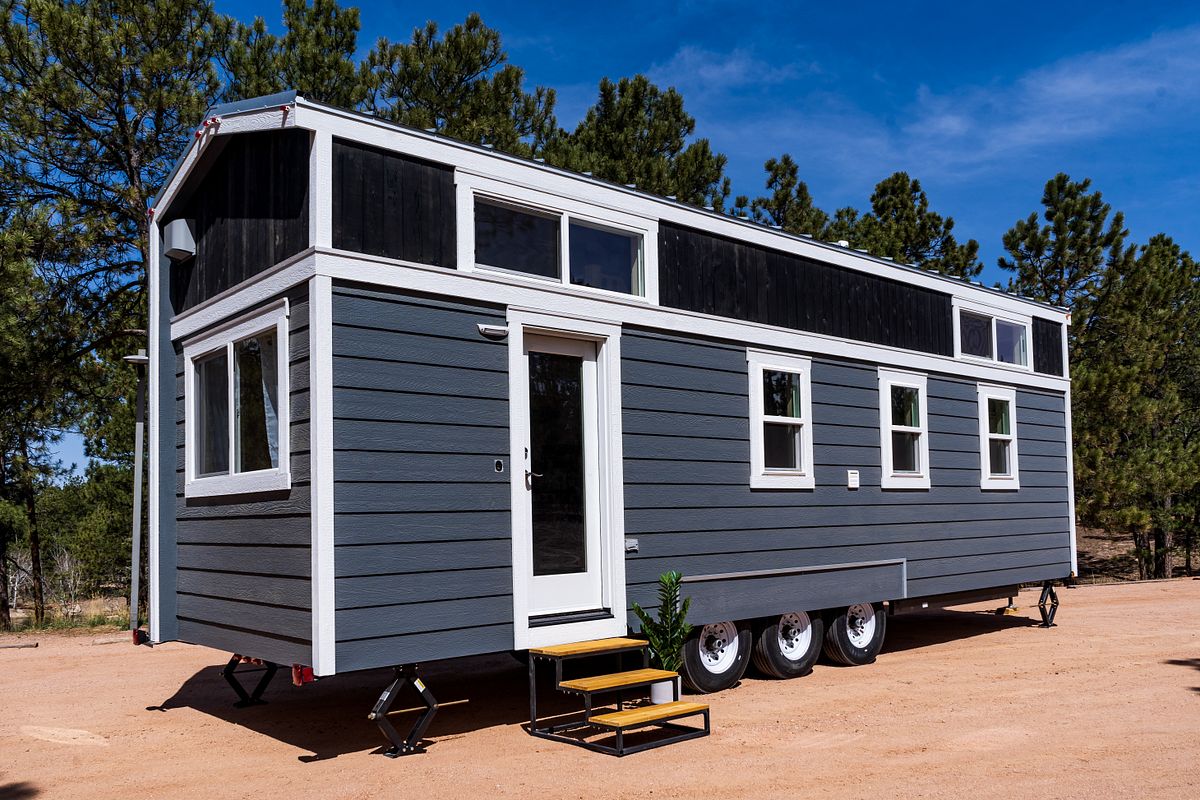
Tumbleweed has been one of the largest and best-regarded tiny home makers almost since the movement began. The Roanoke is one of their most popular models and combines affordability with excellent craftsmanship and customizability.
It incorporates quality insulation and has a range of features to choose from that allow you to get just the level of eco features you desire and minimize your overall emissions.
6. Traveler XL Tiny Home by Escape Travel RV (Manufacturer Page Link)
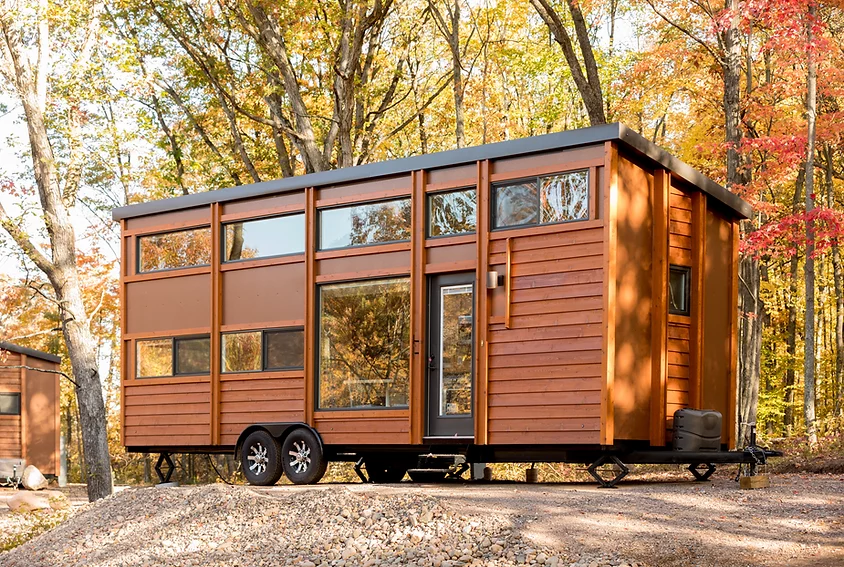
The Traveler XL tiny home is designed with energy efficiency as the guiding principle. It incorporates a combination of passive heating/cooling, highly-efficient insulation, and active air movement features that allow maximum comfort across ambient temperatures.
The Traveler XL also provides serious comfort to go with its eco chops. It even has a full bathtub for a relaxing soak.
7. Tiny Cocoons Lyra Modern
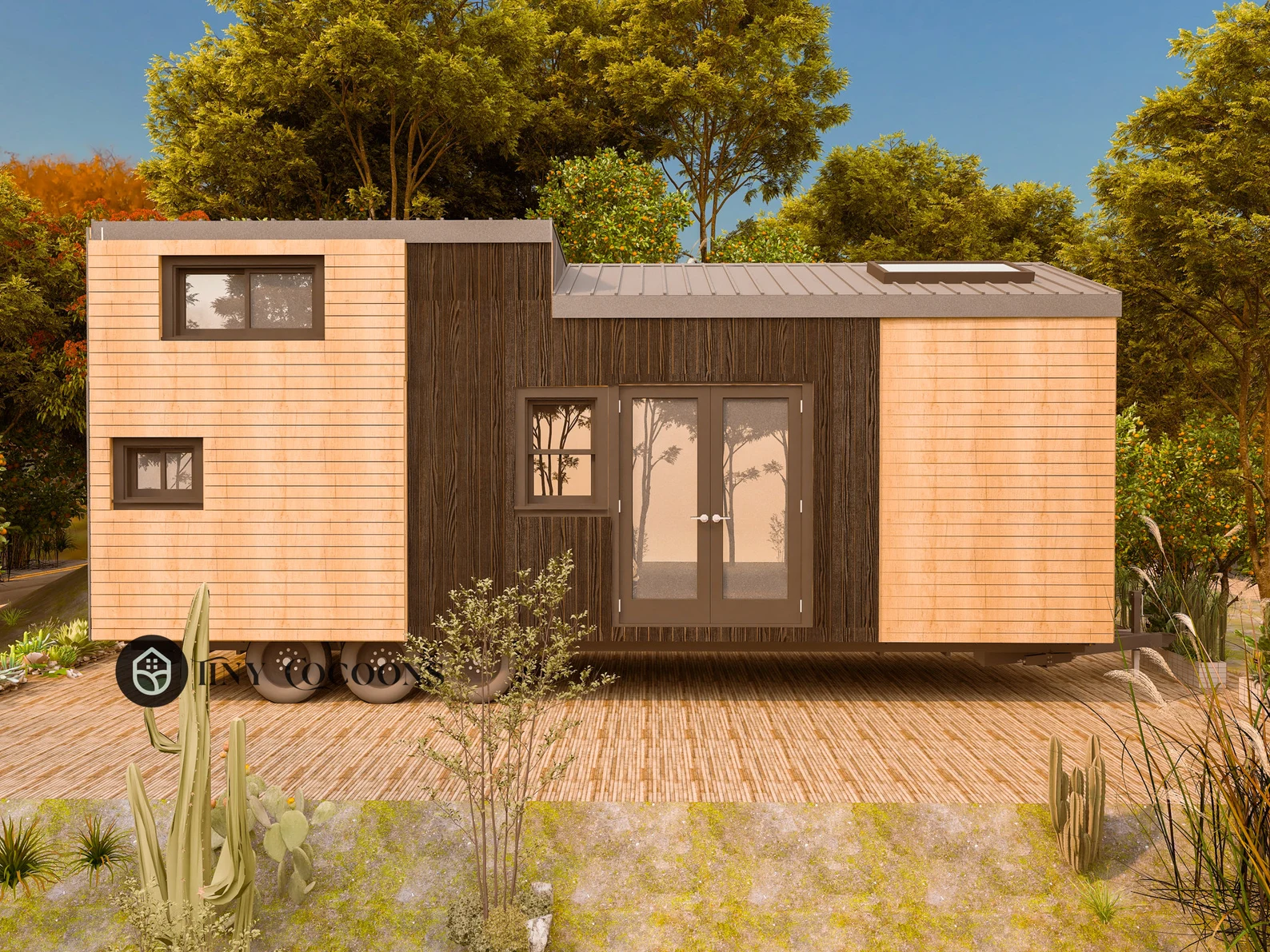
The Lyra Modern from Tiny Cocoons combines a minimalist style with excellent efficiency to reduce long-term emissions and resource usage. Tiny Cocoons used spray foam insulation for maximum R-value alongside an integrated LED lighting system and passive heating/cooling features.
8. Chemical Free Tiny Home
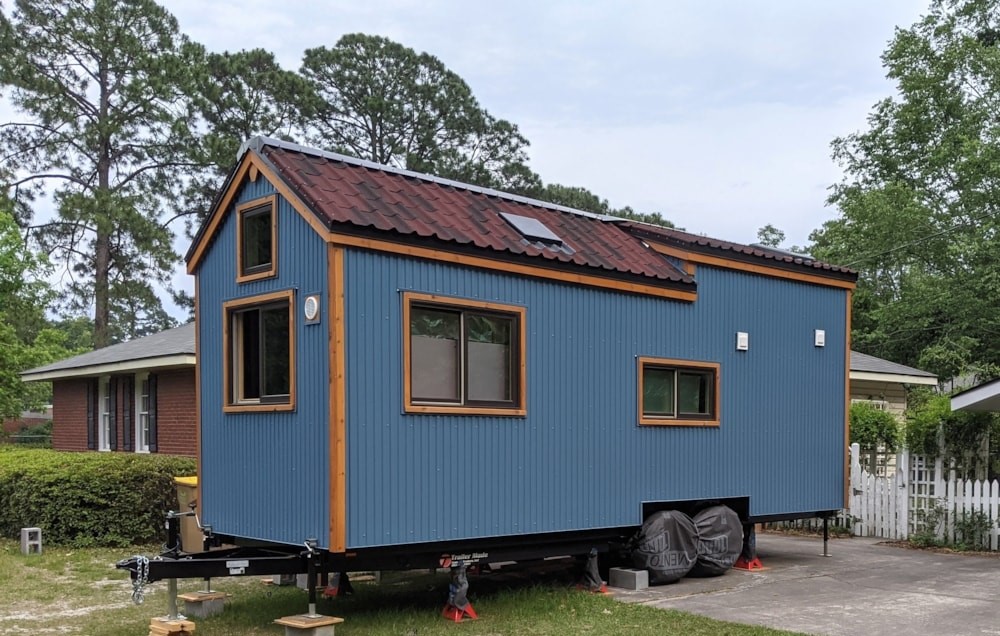
If you’re worried about potential off-gassing from building materials, this is the tiny home for you. It was built specifically to use materials with very low VOC emissions.
As an added bonus the insulation used is highly effective and reduces the energy needed for heating and cooling.
Final Thoughts
These are just a few of the numerous eco-friendly tiny homes out there for purchase. Many of the models on this list are available from their respective manufacturers for customization and can be made even more eco if you desire.
Interested in more tiny home styles and builders? Check out our other tiny house lists, including (eventually link out to additional “best of” tiny home articles)

